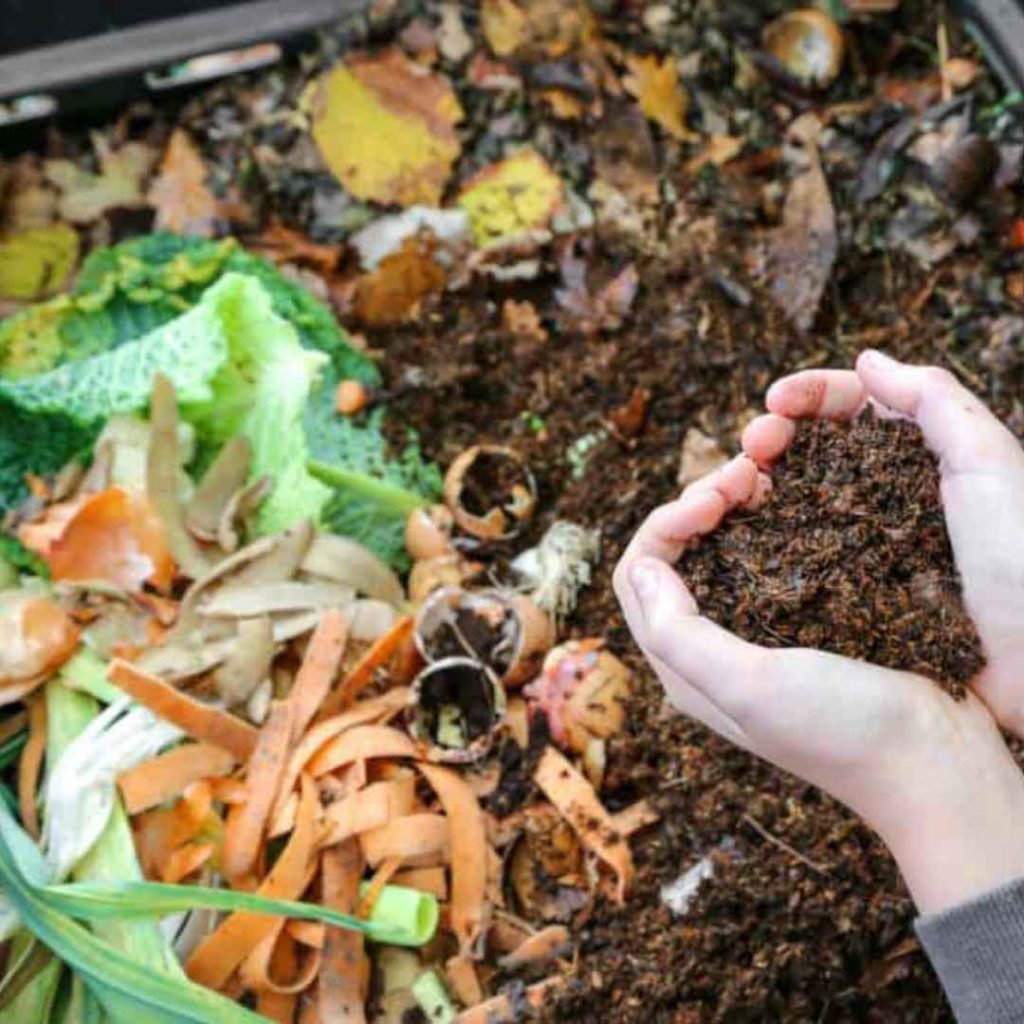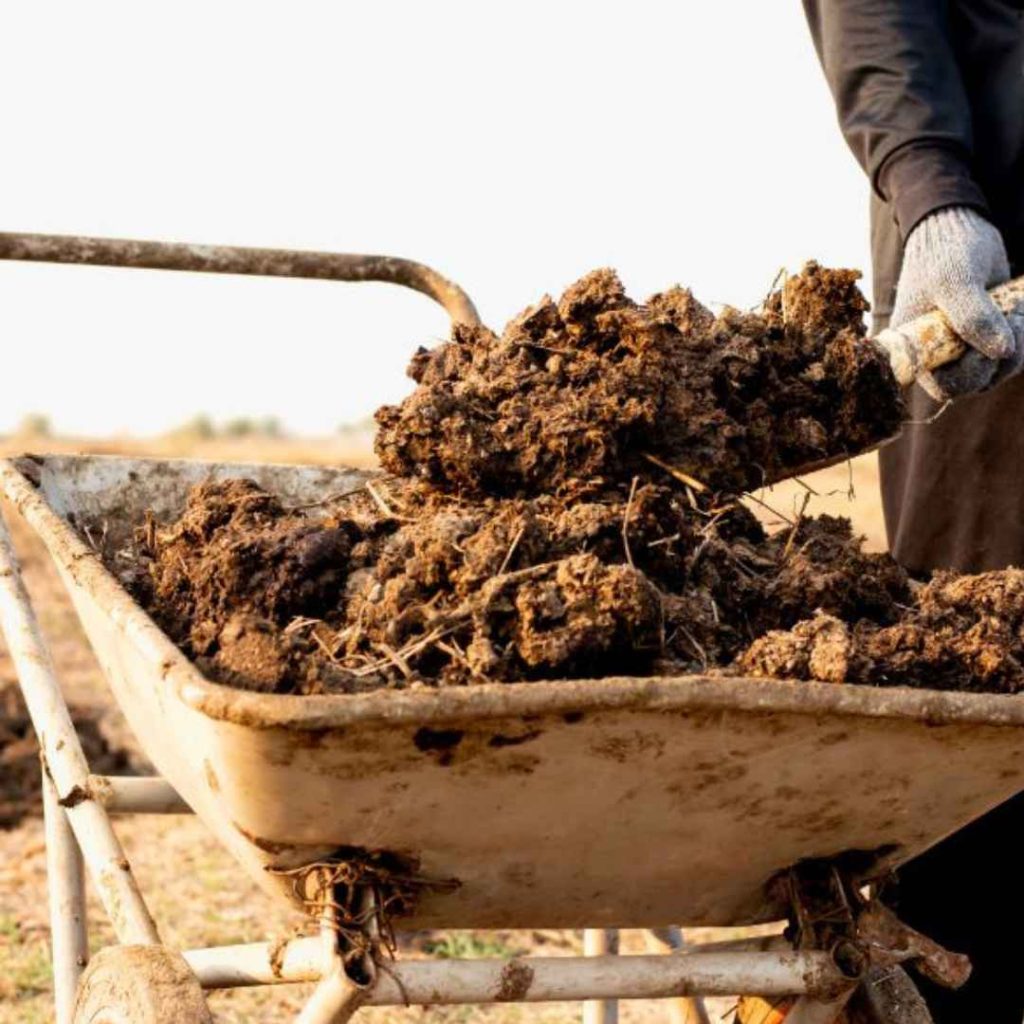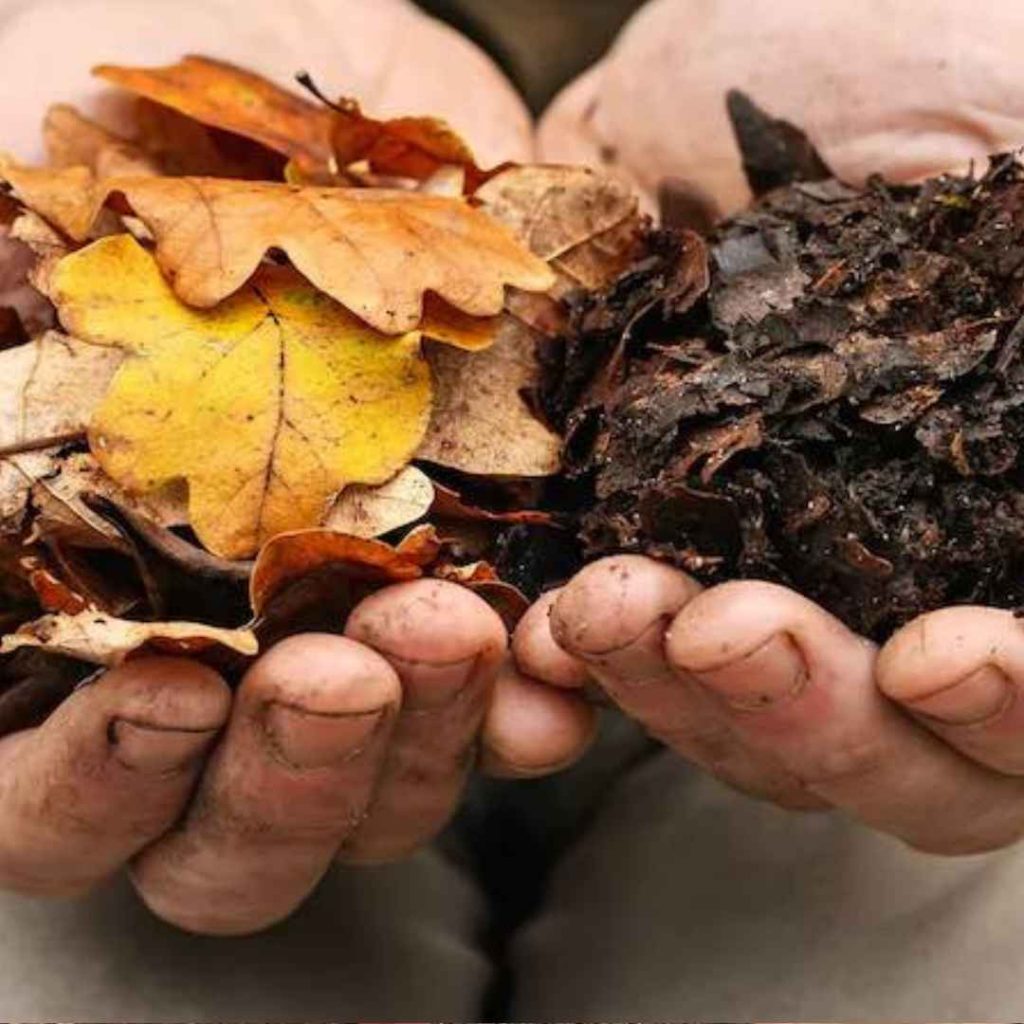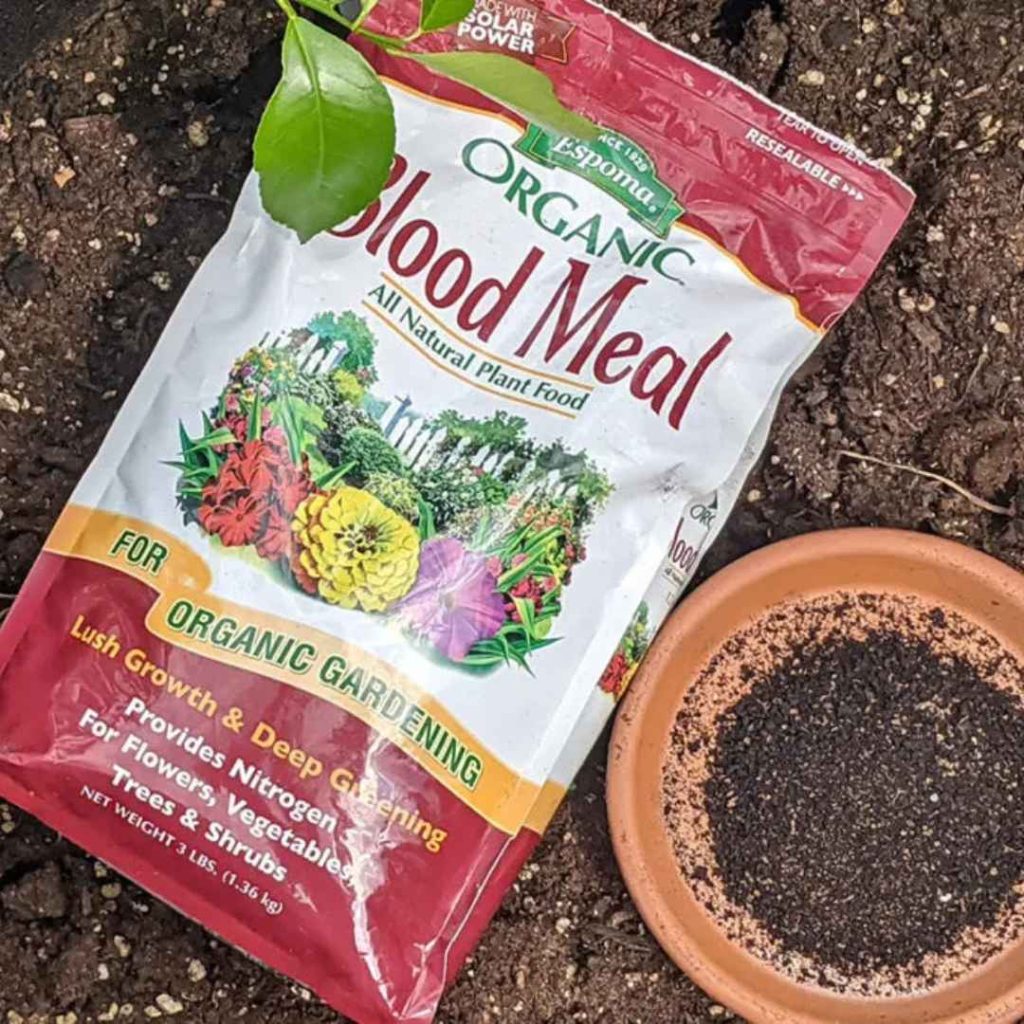When you nourish your vegetable patch, you may boost yields and have robust, productive plants that are more resilient to illnesses and insects. Although there are two types of fertilizers—organic and inorganic—using fertilizers is not an approach that fits all.
When selecting the appropriate manure for your vegetable patch, it’s critical to know your goals. Learn which treatments will give every planting the vitamins and minerals it needs.
Composting, dung, and botanical-based organic matter are examples of naturally produced nutrition, which are derived from organic resources such as animals and plants. Most among these can be prepared at your place and are frequently slow-release feeders that give the vegetation nourishment over a longer duration of time.
Here Are Some Fertilizers For Raised Garden Beds And No Dig Gardens:
Compost:

Advantages include improved soil composition, humidity retention, and a gradual disappearance of fertilizers. Veggie types: Every kind. Utilize in the springtime or autumn. Addition methods include mulching over soil and incorporating into it. The breaking down of a variety of gardening wastes, such as foliage, vegetative matter, culinary leftovers, biological food particles, or trimmings from cutting yards, produces compost that is of exceptional quality.
All of the necessary vitamins and minerals needed for robust vegetable development are present in composting. Compared to store-bought synthetic streams, it contains less vitamins and minerals, but it releases them to vegetation over a prolonged amount of time.
Composting is an excellent soil enhancer since it also aids in soil composition and retaining moisture. It is advised for mulching your vegetable patch once a year. Composting can be buried in the ground or spread on the ground as mulching. It is also frequently applied to an agricultural garden’s ground as a no-dig planting method.
There are various ways to create compost. Composting containers and constructing a framework out of pallets of lumber are examples of old ways. Additionally, you may attempt hot decomposition, which can produce composting in a matter of days, or utilize a wormery to produce nutritious organic matter, which additionally offers an added nutritional boost.
Manure:

Advantages: Enhances the soil’s integrity and is rich in vitamins and minerals. All kinds of vegetation. Utilize in the fall and wintertime. Add by incorporating into the soil. For several decades, manure has been utilized in vegetable patches.
It is often plowed in throughout the wintertime in order to prepare the substrate for the next growing season. Since new manure can damage vegetation, animal excrement is usually combined with topsoil in gardening and needs to be well-decayed.
Although manure from a variety of species can be utilized, the main popular types are cattle or pony dung, which has a reduced nitrogen content as well as higher balanced nitrogen rich phosphorus standards, and chicken manure, which has a substantial amount of nitrogen. An excellent technique to add phosphate to the ground is to use animal dung.
Leaf Mold:

Advantages include improving retention of moisture and feeding the ground. All kinds of vegetation. Utilize in the autumn or springtime. Addition methods include mulching over topsoil and incorporating inside it.
Created from merely decomposing foliage, the mold of leaves is a helpful organic amendment for gardens. It includes vital vitamins and minerals necessary for strong crop development and is capable of being applied as a mulching or for soil conditioning.
The process of creating leaf mold is as easy as gathering leaflets as they drop from the branches and keeping them for between six and twelve months in a bucket or backpack.
Choosing which leaflets to utilize will have an impact because bigger, denser foliage takes slower to decay than lighter ones, like maple and walnut. In order to expedite the procedure, it is then advantageous to tear up leaves before depositing them. This can be accomplished by raking a riding mower on leaves.
Blood Meal:

Advantages: Packed with nitrogen. Plant varieties include greenery with leaves. Utilize in the springtime or summertime. Add to the substrate surrounding the vegetation. Processed animal blood is used to make blood meal, which is a pulverized commodity.
A blood meal’s primary advantage is its substantial nitrogen content. Because of this, it might be utilized as a beneficial supplement for lettuce and spinach and to restore beds of crops that have lost nitrogen due to harvesting.
Blood meal might be included to any produce that exhibits symptoms of nitrogen deficit, such as fading foliage. Blood meal may be employed as well to increase the acidity within the ground; veggies that thrive in moderately acidic conditions include squash, cauliflower, cabbage, and zucchini.
Comfrey Feed:

Advantages: Packed with nutrition. Plant types include ripening products like peppers, tomato slices, and cucumbers. Utilize throughout summertime. How to add: When irrigating plants diluting and add.
Because it includes a lot of nitrogen fertilizer nourishment and other important trace substances, comfrey ranks as one of the most effective organic compost for veggie gardens if you wish to manufacture your own.
Just chop up some comfrey and put it in a container that holds water to ferment for a period of time to generate comfrey compost. After that, the beverage is spread to the greenery after being mixed with fluid. Comfrey feed is going to be beneficial for all ripening crops in your vegetable patch, whether you are planting green peppers, tomato slices, or zucchini.
Seaweed:

Advantages: Packed with micro and macro nutrients Plant varieties include bell peppers, tomato products, beans, pumpkins, and carrot. Use in the springtime or summertime Ways to include: Add as a grainy or watery feeding. Seaweed treatments are natural feeds that offer a variety of healthy compounds and may be consumed as either watery or grainy.
Because of its advantages, seaweed is frequently included as a component in both natural and synthetic fertilization. Seaweed is abundant in tiny nutrients such as calcium, potassium, and magnesium in addition to the primary nitrogen fertilizer components.
Pure seaweed can be steeped beneath water to create a nutritious brew that is beneficial to vegetation, desiccated and dispersed over crops, or placed to any composting heap.
